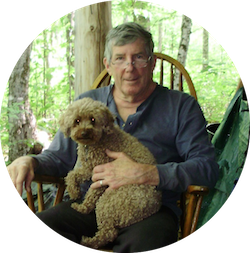 John Dennis Harrigan has been an important part of New Hampshire journalism and newspapering, both daily and weekly, for more than a half century and counting. He is the quintessential newsman. He has done it all in various media, often appearing on public television and radio, but most of his world has revolved around newspapers. He is probably best known for working full time for several years at the New Hampshire Sunday News, and he kept writing his column, “Woods, Water & Wildlife,” even long after he left the paper’s employ, continuing the column for a 37-year run, one of the longest-running columns in the state. As publisher of the Coos County Democrat, he founded the weekly direct-mail tabloid, the Northern Beacon. He also purchased and ran a four-unit Goss press producing his newspaper and the newspaper long published by his father, the late Judge Fred Harrigan. His informed, respectful, and often humorous columns have introduced and educated generations of readers to New Hampshire’s outdoor vistas and wildlife.
John Dennis Harrigan has been an important part of New Hampshire journalism and newspapering, both daily and weekly, for more than a half century and counting. He is the quintessential newsman. He has done it all in various media, often appearing on public television and radio, but most of his world has revolved around newspapers. He is probably best known for working full time for several years at the New Hampshire Sunday News, and he kept writing his column, “Woods, Water & Wildlife,” even long after he left the paper’s employ, continuing the column for a 37-year run, one of the longest-running columns in the state. As publisher of the Coos County Democrat, he founded the weekly direct-mail tabloid, the Northern Beacon. He also purchased and ran a four-unit Goss press producing his newspaper and the newspaper long published by his father, the late Judge Fred Harrigan. His informed, respectful, and often humorous columns have introduced and educated generations of readers to New Hampshire’s outdoor vistas and wildlife.
John Dennis Harrigan
January Obituaries 2022
CONNECTICUT
Allan H. Berman
Orlando F. Busino
William F. Jankovsky Jr.
Mike Jensen
Eleanor Kelman
Cindy Kopitar
Thomas A. Markowski
Walter James St. Onge Jr.
MASSACHUSETTS
William F. Biswanger
Conrado R. Bondoc
Frances B. Book
Garry P. Brown
Lisa M. Buckley
Maria Catania
George Harden
Robin Herman
Elizabeth Jane Lovett
Raymond A. Magner
Edward Burgess Powell
Douglas H. Reed
Henry Shahnamian
Robert Hatcher Weiss
MAINE
None Reported
NEW HAMPSHIRE
William Gnade
Charles Joseph McCarthy
Richard Wakefield
RHODE ISLAND
None Reported
VERMONT
None Reported
Apply For Widening the Pipeline 2022 Fellowship By Feb. 6
 Many newsrooms have tackled urgent social issues with majority white staff—some more successfully than others. The National Press Foundation intends to do its part to address this problem through a “Widening the Pipeline” Fellowship designed to help confront the common lament that “it’s hard to find qualified journalists of color.”
Many newsrooms have tackled urgent social issues with majority white staff—some more successfully than others. The National Press Foundation intends to do its part to address this problem through a “Widening the Pipeline” Fellowship designed to help confront the common lament that “it’s hard to find qualified journalists of color.”
This is an all-expenses-paid fellowship, from March 2022 to February 2023. Apply by Feb. 6, 2022.
Beginning in March 2022, the once-monthly training sessions will include two in-person gatherings in Washington, D.C. (unless COVID-19 guidelines mandate that all sessions be virtual). Participants must be fully vaccinated to attend the in-person training. NPF will pay for fellows’ airfare, hotel, and most meals for the two in-person training’s. The estimated time commitment for virtual training, including prep and homework, is five hours per month.
The 2022 program will build on NPF’s Paul Miller Washington Reporting and Accountability fellowships, existing partnerships, influential alumni and volunteers to support the growth of these public service-minded reporters. The application is here.
NPF is committed to leveraging its resources and decades of training experience to help grow the pipeline of diverse journalists who will rise to positions of influence in America’s newsrooms.
Specifically, NPF will:
- Recruit up to 25 young journalists for a 12-month fellowship in the leadership, in-depth reporting, data, and multimedia skills they need to hold governments and corporations accountable and to advance in their newsrooms.
- Provide each fellow with individual coaching and mentoring.
- Bring fellows to Washington for training, mentoring, and networking sessions with editors.
- Survey fellows on promotion, retention, and job satisfaction.
One way to make presentations more memorable
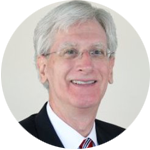
Samuel, the ad manager at a community paper, told me about a simple technique his sales team uses at the end of meetings with prospects and clients.
“I once read that people remember only about 25 percent of what they hear,” he said. “That’s a harsh reality because we focus our client conversations on things we think are memorable. It’s painful to walk away from a meeting knowing that the person on the other side of the desk might forget three-quarters of the discussion. Of course, we use ad examples, charts, and coverage maps to add visual elements to presentations, but they still forget a large percentage of what we talk about.
“We’ve learned that one way to deal with this problem is to summarize at the end of a meeting,” he said. “It’s an easy way to repeat the important points in a conversation. And a lot of times, we find out the other person has completely missed a key fact. A summary helps us clarify things and make presentations a little easier to remember.”
Samuel’s process has three steps:
- Restate briefly. For example, a member of Samuel’s team might say,“Thank you for meeting with me today. To make sure we’re on the same page, let me recap what we’ve talked about. First, we looked at the target audience for your new Widget product, then you gave me a list of the most important features and benefits, then we talked about some special offers that could appeal to your customers.”
Notice how this brief statement hits the highlights in a logical sequence. There’s no need to go into great depth about everything which was discussed.
- Confirm the information and ask for input. After the summary, it helps to nail it down by asking, “Does this cover everything?”
Even though it’s short, this is a crucial question. It is designed to give the other person permission to say they missed something which was covered – or even to say they would like to know something else. If something has been misunderstood, it’s better to find out now.
- Include an action item. For instance, “My next step is to start on that market report you want and get it to you by Monday. Will that work?”
This is the time to get some kind of agreement and advance the sale. If the other person is not yet ready to finalize things and sign on the dotted line, this keeps the dialogue going in a helpful, low-key way.
“An action step can make a conversation stick in the mind,” Samuel explained. “It gives the salesperson a specific reason to get back in touch. It lets the other person know to expect a call by a certain day. When someone is waiting for information, an action step reduces the chances that an email or a voice mail message will be ignored.”
It’s all about creating memorable presentations. When advertisers and prospects remember the key points, they are more likely to buy.
(c) Copyright 2022 by John Foust. All rights reserved.

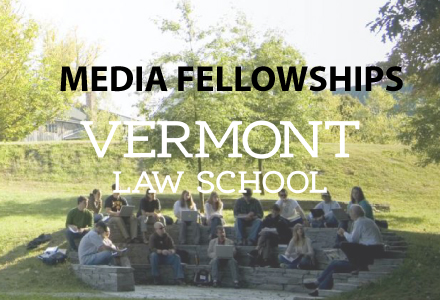
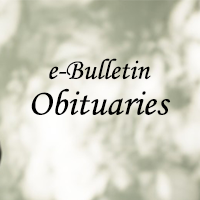
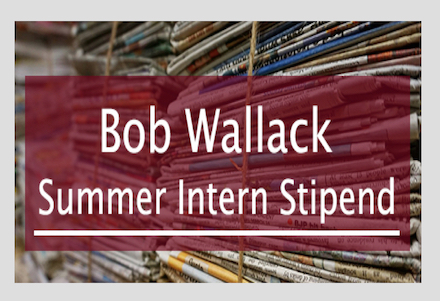
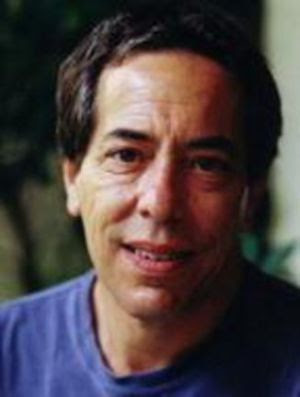
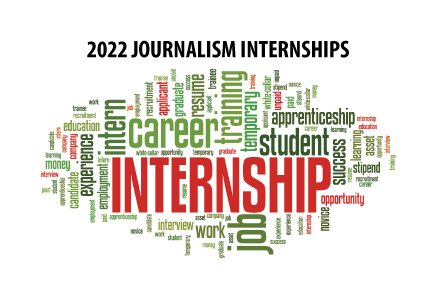

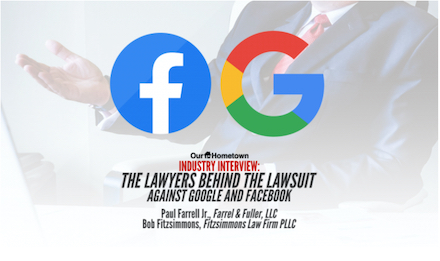
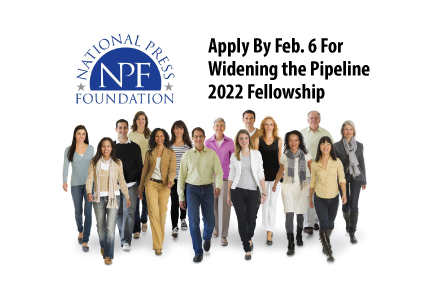
Fist Five Perspective: What if the nation’s founders had been able to tweet?
The nation’s founders didn’t have access to today’s social media – but what if they had?
Of course, they took good advantage of the media that they did have, from letters to printed newspapers and journals. They spoke loudly to their fellow citizens, using crowds on the village green instead of speaking through the “village screen” now available worldwide.
Not everything was different. They faced what we might call “colonial terms of service,” rules like those imposed today by social media platforms that govern what can be said and how we can say it. For example, you could not say anything bad about the king, whether it was true or false.
One big difference: Washington, Jefferson, Hamilton and others faced government regulations and sanctions for what they said or wrote through any medium because the First Amendment was not ratified until 1791 as part of the Bill of Rights.
Today we agree to terms of service rules to use social media platforms, an agreement outside the First Amendment’s free speech protection. Social media companies are private entities and have their own rights under the First Amendment, which prevents – for now, at least – government control or censorship over content on their sites.
There’s no imagination needed in some cases to take the work of the Founders right into today’s social media structure. Patrick Henry’s 1775 declaration “Give me liberty or give me death” works as effectively today as a tweet as it did nearly 250 years ago in rousing Virginians to send troops to support the American revolution.
Consider the impact in any medium of the Declaration of Independence’s statement that, “We hold these truths to be self-evident: that all men are created equal, that they are endowed by their creator with certain unalienable rights, that among these are life, liberty and the pursuit of happiness.”
Of course, in today’s post, that same phrase might look like this: “👨 and 👩are =, endowed with the right to 🧬,🗽and the pursuit of 😊.”
There’s great debate today across the political spectrum on whether the government should step in to regulate social media. Some would block platforms from banning anyone or provide special protections for political candidates or elected officeholders. Others would mandate increased efforts to combat misinformation or make social media companies financially liable for any harm caused by what others post.
If such rules and regulations were in effect for the Founders, would Twitter have blocked – perhaps only temporarily – two future presidents for the bitter exchanges between the campaigns of John Adams and Thomas Jefferson during the 1796 presidential election?
One report has it that Adams was labeled “a fool, a hypocrite, a criminal, and a tyrant,” while others called him “a syphilitic, royalist bastard.” Jefferson was called “a weakling, an atheist, a libertine, and a coward,” with some critics describing him as a “half-breed.” One account says that “even Martha Washington succumbed … telling a clergyman that Jefferson was ‘one of the most detestable of mankind.”
While Twitter’s terms of service do provide wide scope for personal comments, Adams or Jefferson today might have filed a complaint about “long-term harassment,” something the social media giant says might trigger a ban on future posts.
They also could sue for defamation, but the courts generally consider even the most spiteful or vulgar opinion — particularly when it’s political speech — to be protected by the First Amendment.
TAKING “ONLINE” THREATS OFFLINE
A less-judicious way — and illegal in most states, even then — of settling such “online” disputes would be how Aaron Burr and Alexander Hamilton settled their personal attacks: pistols at dawn. But let’s remember how badly that option turned out: Hamilton was mortally wounded in the duel and Burr’s reputation was damaged beyond repair.
And what of Jefferson’s words in a letter endorsing the American revolution: “The tree of liberty must be refreshed from time to time with the blood of patriots and tyrants”? As a tweet today, perhaps around the Jan. 6 insurrectionist attack on the U.S. Capitol, would that call to action run afoul of Silicon Valley rules – and perhaps lead to an FBI knock on a Monticello door? Such a phrase, depending on the context, could be judged a “true threat” and not protected speech.
The First Amendment provides us with great protection from government interference for what we say and write, particularly on political issues or matters of public interest. As we deal with the societal impact of social media — still a relatively new way of speaking — we should remember that the nation’s founders created those protections to allow for what the U.S. Supreme Court has called “robust and vigorous” debate. In 2002, Justice Anthony Kennedy wrote, “The right to think is the beginning of freedom, and speech must be protected from the government because speech is the beginning of thought.”
We ought to think about those words – and why the Founders and the nation ratified the First Amendment’s five freedoms during a period of great division and debate not unlike today – in considering how and if to further regulate social media and other means of communication.
As Benjamin Franklin said (and would no doubt have posted): “Those who would give up essential liberty to purchase a little temporary safety deserve neither liberty nor safety.”